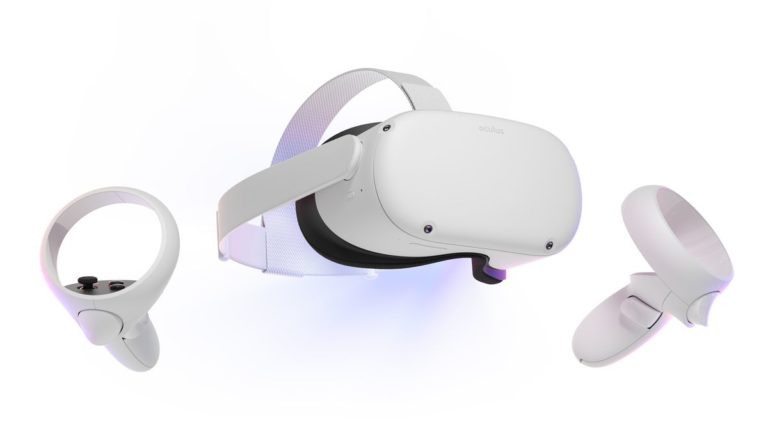
As we approach a new year, it’s time for our annual ritual of synthesizing the lessons from the past twelve months and formulating the outlook for the next twelve. This has been an action-packed year for AR & VR as the world slowly emerges from the grips of a pandemic.
Moreover, 2021 was marked by the emergence of metaverse mania. Though it has legitimate principles and promise, the term has been ambiguated through overuse. It’s also been overhyped in terms of the timing of its arrival. A fully-actualized metaverse is decades away.
Beyond the metaverse, AR and VR continue to be defined by steady progress in several areas. We’re talking mobile AR engagement & monetization; AR marketing and commerce; continued R&D in AR glasses; enterprise adoption; and the gradual march of consumer VR.
So where is spatial computing now, and where is it headed? What’s the trajectory of each of the above subsegments? This was the topic of the latest ARtillery report, Spatial Computing: 2021 Lessons; 2022 Outlook. It looks back and looks forward, including concrete predictions.
The 10-Million Mark
Drilling down into just one of these predictions, VR could hit an important milestone in 2022. Specifically, the Meta Quest 2 will reach its 10-million unit installed base goal in early 2022. This is important because it’s the VR market’s leading seller and its temperature reading.
Backing up, the VR world has come to terms with the fact that its revolutionary status trumpeted in the circa-2017 hype cycle was misguided. VR could transform areas of media, entertainment, and enterprise productivity, but in narrower ways. And the timeline will be longer.
That said, 2021 was a strong year for VR including a Covid rebound and Quest 2’s first full year in the market. Meta’s VR flagship continues to be a market propellant, due to aggressive loss-leader pricing and unanimously-revered quality. We estimate Quest 2 sold 4.99 million units in 2021.
More importantly, that pushes lifetime sales to 7.32 million. This brings us back to the 10-million installed base milestone. We project Meta to reach this mark in the first half of 2022. Aggregate VR sales beyond Meta will reach 18 million in 2022, or an installed base of 39 million.
Meanwhile, it’s evident that Meta is well on its way to its 10-million milestone given holiday sales signals. Over the weekend, the Oculus VR app – used to set up a new Quest 2 headset – was the top downloaded app on Apple’s App Store. This means lots of gifted Quest 2s.
Magic Number
Backing up, why is the 10-million mark so important for Meta? As we examined yesterday, this is the number of users beyond which a robust content ecosystem can form on a given platform. It’s all about incentive for developers to spend time and money developing for that platform.
In other words, an eight-figure installed base presents financial incentive for developers to flock to a given platform like osmosis. That engenders greater content libraries that attract more users, which in turn attract more developers and around we go. It’s a classic flywheel effect.
Or as Zuckerberg stated on Facebook’s Q4 2021 earnings call:
”The big question is what is it going to take for it to be profitable for all developers to build these large efforts for VR? To get to that level, we think that we need about 10 million people on a given platform. That’s the threshold where the number of people using and buying VR content makes it sustainable and profitable for all kinds of developers. And once we get across this threshold, we think that the content and the ecosystem are just going to explode. Importantly, this threshold isn’t 10 million people across all different types of VR. Because if you build a game for Rift, it doesn’t necessarily work on Go or PlayStation VR. So we need 10 million people on [one] platform.”
This process is happening naturally as the hardware base grows. But it’s also something that Meta continues to accelerate through heavy investment. Though it will hit the 10-million mark in the next couple of quarters, several more volume milestones await beyond the horizon.

